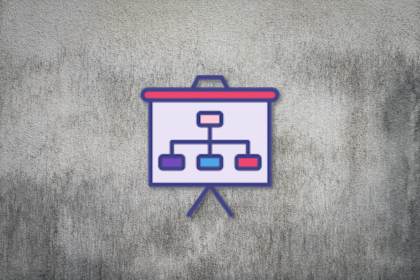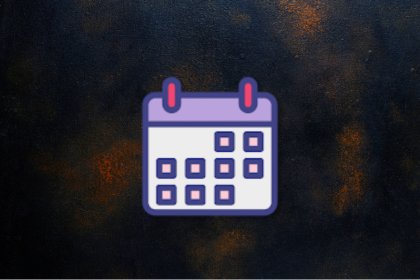
Learn how to balance confidence and collaboration as a product leader while building trust, authenticity, and high-performing teams.

Data shows you what users do, not why. Learn how blending qualitative and quantitative insights fuels real product innovation.

Feeling overwhelmed by endless PM tasks? Learn simple, proven strategies to stay organized, focused, and in control of your workload.

Avoid the AI hype trap. Learn how PMs can balance ambition and honesty to build trust, avoid overpromising, and deliver real value.

Learn how to diagnose issues, rebuild trust, and re-energize an underperforming product team to drive better outcomes and stronger results.

Story beats strategy in early-stage products. Learn why a clear narrative drives alignment, investors, and early adopters before OKRs matter.

Discover how ECRS helps product managers eliminate waste, simplify workflows, and drive efficiency across fast-growing teams.

Turn your SaaS product into a platform by spotting key signals, avoiding common traps, and building for scale, reuse, and integration.

Learn why the shift from three-in-a-box to full-stack product leads is redefining product roles, collaboration, and career growth.

Learn how product-led cost management improves margins, maintains velocity, and creates user value through a repeatable playbook.

Learn strategies to avoid becoming a bottleneck as a PM by fostering autonomy, reducing approvals, and empowering your team to decide.

Great PMs design strategy as a living process. Explore how to plan for 2026 while balancing alignment with adaptability.